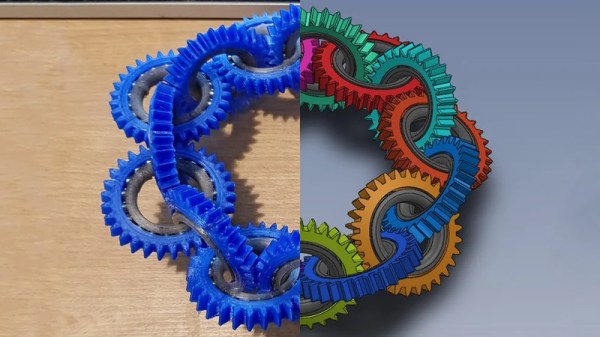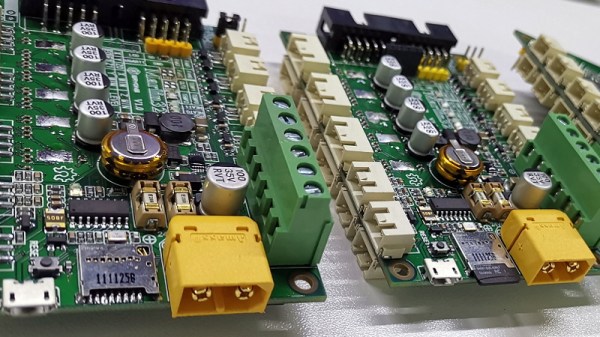The 3D printing community is simply stirring with excitement over toolchanging printers, but these machines are still the exception rather than the norm. Here’s an exceptional exception: [Paul Paukstelis] built a five-color printer with a novel head-changing solution.
[Paul’s] 3D printer is a hat-tip to anyone who’s spent time in the wetlab. For starters, the printer is born from the remains of a former liquid handling system, a mighty surplus score. When it comes to headchanging, [Paul] combined some honest inspiration from E3D’s toolchanging videos with some design features borrowed from the microscope in his lab. The result is that the printer’s five-tool head-changer mechanically behaves very similarly to the nose piece in a compound light microscope.
Because the printer evolved from old lab equipment, [Paul] dubs his printer into a lineage that he calls the “Reclaimed Rapid-Prototyper,” or the RecRap. Best of all, he’s kindly posted up the CAD files on the Thingiverse such that you too can take a deep look into this head-changing solution.
We love seeing these tools get a second life, and we think there’s plenty of potential for new offspring in this lineage of discarded lab equipment.
Continue reading “Microscope-Inspired Toolchanger Spins Multicolor 3D Prints”

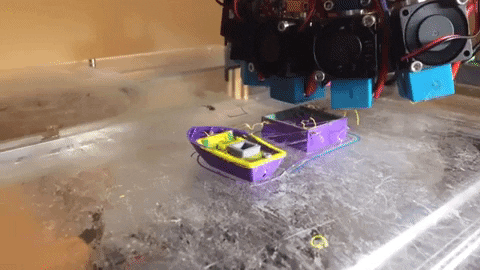
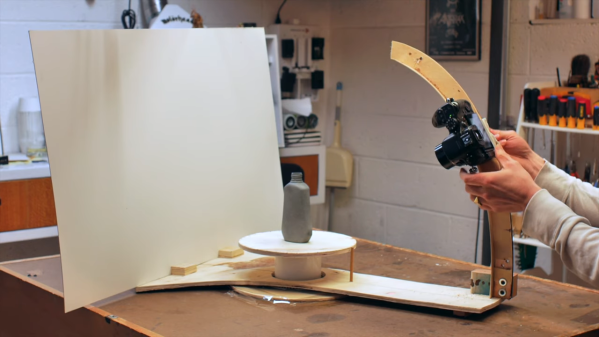
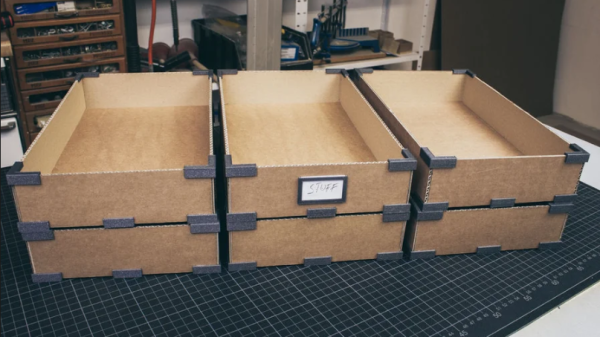
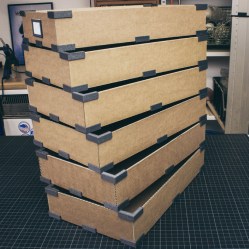 To solve these problems, [theguymasamato] decided to design his own
To solve these problems, [theguymasamato] decided to design his own 